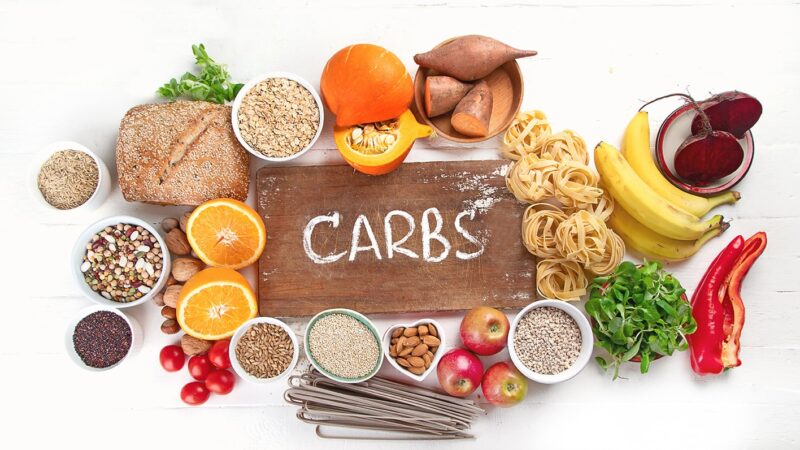Resources
Carbs – the good, the bad, and the not-so-ugly! In this article, we’re going to break down carbohydrates in a way that’s easy to understand. You’ll discover why carbs matter and how to determine your ideal carb intake without diving into complicated science.
What Are Carbs?
Carbs are like the fuel for your body. You find them in everyday foods like fruits, grains, veggies, and beans. Unlike other nutrients, carbs aren’t essential for survival, but they can be necessary depending on your lifestyle.
Monosaccharides (The Simple Ones):
Let’s start simple. Monosaccharides are like the building blocks of carbs. The top three you need to know are glucose, fructose, and galactose. These little guys are the sweet ones. Glucose is the superstar. It’s what your body loves to use for quick energy. Think of it as the instant fuel for your brain and muscles. Fructose is super sweet and found in lots of natural and not-so-natural foods. It’s tricky because it has to be processed in your liver before your body can use it. Galactose is less famous than the others but is also part of the carb family.
Oligosaccharides (A Little More Complex):
When monosaccharides join forces, they create disaccharides and oligosaccharides. These are still simple compared to the carb world. Sucrose is like table sugar, a combo of glucose and fructose. Lactose is found in milk, made up of glucose and galactose. Maltose is formed when two glucose molecules come together.
Polysaccharides (The Complicated):
Now, let’s talk about the big players – polysaccharides. These are long chains of sugar molecules, and they come in two primary flavors. Starch is like the carb storage unit in plants. You find it in things like grains, legumes, and potatoes. Inside starch are two excellent types: amylose (linear) and amylopectin (branched). Dietary Fiber is the stuff that’s good for your digestive system. It includes things like pectin, gum, and cellulose.
Glycemic Index (GI):
Ever wondered how carbs affect your blood sugar? That’s where the GI comes in. Some carbs spike blood sugar, while others (low GI Foods) keep it steady—think apples and whole wheat bread. Medium GI Foods include mashed potatoes and brown rice. High GI Foods, like white bread and corn chips, can send your blood sugar on a rollercoaster ride.
GI is excellent, but it only tells you part of the story. Glycemic Load (GL) looks at the type and amount of carbs in a food. It’s a more accurate way to see how your blood sugar might react.
The Role of Carbs:
Carbs do more than give you energy. They help your body in several ways:
Carbs are your body’s go-to energy source for everything. They work with protein, preventing your body from entering “ketosis” mode. Carbs bring along B vitamins to help with cholesterol metabolism.
When your body gets carbs from food, it has to break them down into simpler forms. This process depends on what you eat and how active you are.
How many carbs should you eat? Well, it depends on you! Your age, activity level, and overall health play a significant role.
High-Carb Diet: For active folks who need more energy.
Moderate Carb Diet: A balanced choice for many people.
Lower-Carb Diet: This is good if you want to shed some pounds or have specific health goals.
Conclusion:
Carbs are like your body’s gasoline. They keep you moving and grooving. Understanding the different types of carbs, how they affect your blood sugar, and what your body needs is the key to making smart food choices.
Our Location
2606 Southwest 19th Ave Rd.
Unit 101
Ocala, FL 34474
Hours
Mon-Fri: 9:00A to 7:00P
Sat: 9:00A to 6:00P
Sunday: CLOSED
